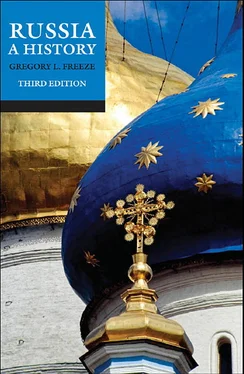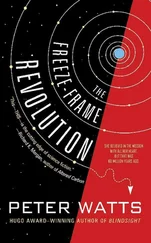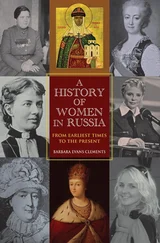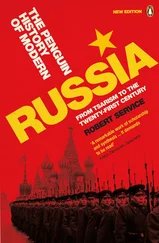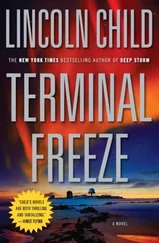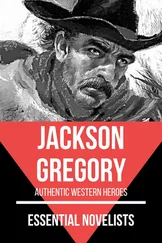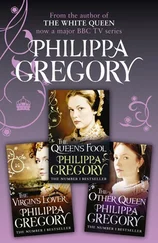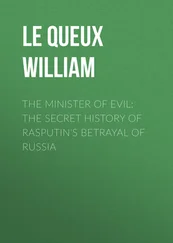Prikaz — Term for ‘chancellery’ in the sixteenth and seventeenth centuries
Proletkult — Proletarian culture movement
PSR — Party of Socialist Revolutionaries
Rabfak — Workers’ faculty (special schools for workers with little or no formal eduction)
Rabkrin — Workers’ and Peasants’ Inspectorate (organ to control state and economy, 1920–34)
RSDWP — Russian Social-Democratic Workers’ Party
RSFSR — Russian Soviet Federal Socialist Republic
SD — Social Democrat
Seredniak — Middle peasant (in Soviet jargon, a peasant who was self-sufficient, neither exploiting the labour of others nor working in the employee of others)
Smychka — Soviet slogan designating an ‘alliance’ or ‘union’ of the workers and peasants in the 1920s
Soslovie — Social estate (in the sense of the French état or German Stand )
Sovkhoz — State farm (literally, ‘soviet enterprise’, where the state owns all assets and the peasants provide hired labour)
Sovnarkhoz — Council of National Economy: provincial and district organ to manage industry and construction (1917–34); system for decentralized economic management (1957–65)
Sovnarkom — Council of People’s Commissars
SRs — Members of the neo-populist Party of Social Revolutionaries
Streltsy — Musketeers (military units of riflemen organized in the seventeenth century)
Sudebnik — Law code in medieval Russia
Third Section — Tsarist organ of secret police, established as a ‘section’ of the emperor’s personal chancellery in 1826
Ulozhenie — Title of first inclusive law code adopted in 1649 (formally called the Sobornoe ulozhenie)
Vesenkha — Supreme Council of the National Economy (central industrial organ, 1917–32)
Voevoda — District governor in the seventeenth and eighteenth centuries
Volost — Township
Votchina — Hereditary family landed estate
Vyt — Unit of land area and taxation (of varying size)
Zemskii sobor — Council of the realm (informal assemblies convoked for purposes of consultation from the mid-sixteenth to the mid-seventeenth centuries)
Zemstvo — The provincial and district organs of elected self-government from 1864 to 1917; in the sixteenth century it refers to a system of community self-rule
Zhenotdel — Women’s section in the party
NOTE ON TRANSLITERATION AND DATES
Transliteration follows a modified version of the Library of Congress system. For the sake of readability the ‘soft sign’ has been omitted for the better known terms (e.g. Streltsy not Strel’tsy). In the case of those names that have already achieved recognition in the West, that form will be followed here (e.g. Peter, not Petr; Trotsky, not Trotskii; Beria, not Beriia). The same applies to certain terms (e.g. soviet, not sovet; boyar, not boiar).
Dating until February 1918 follows the Julian (‘Old Style’) calendar, which lagged behind the modern Gregorian (‘New Style’) calendar: eleven days in the eighteenth century, twelve days in the nineteenth century, and thirteen days in the twentieth century. Hence the ‘October Revolution’ on 25 October, for example, actually occurred on 7 November in the modern calendar. Dates from 14 February 1918 (when the Soviet government adopted the Gregorian calendar) conform to those in the West, whether for international or domestic matters.
1. From Kiev to Muscovy
THE BEGINNINGS TO 1450

JANET MARTIN
In these early centuries East Slavic tribes and their neighbours coalesced into the Christian state of Kievan Rus. Its ruling Riurikid dynasty oversaw increasing political complexity, territorial expansion, economic growth, and frequent warfare, but was defeated by Mongol invaders. During the ensuing Mongol era a junior dynastic branch extended its authority and laid the foundations for a new state—Muscovy.
THE formative centuries of the Russian state are perhaps best divided into three main periods: the era of Kievan Rus from its roots in the ninth century to the Mongol invasion of 1237–40; a century of ‘Mongol dominance’ from 1240 to c .1340, during which Kievan traditions and structures lost their potency and the Rus principalities adapted to Mongol or Tatar suzerainty; and the period from c .1340 to the mid-fifteenth century when the foundations of the new state of Muscovy were laid.
The lands that made up Kievan Rus were located in the forest zone of Eastern Europe along a group of rivers, the Dnieper, the western Dvina, the Lovat-Volkhov, and the Volga, the headwaters of which all emanate from the Valdai hills. They were populated mainly by Slavic and Finnic tribes. The members of those tribes supported themselves, to some degree, by fishing, hunting, and gathering fruits, berries, nuts, mushrooms, honey, and other natural products in the forests around their villages. But the Slavs were primarily agriculturalists. In natural forest clearings or in those they created by the slash-and-burn method, they typically cultivated one or more cereal grains and also raised livestock as well as supplementary crops, such as peas, lentils, flax, or hemp.
Although each tribe followed its own leaders and worshipped its own set of gods, they interacted with one another, at times exchanging goods, at others fighting one another. The more adventurous among their members transported the most valuable goods their societies produced (for example, fur pelts and captive slaves) to the markets of distant neighbours—Bulgar on the mid-Volga, the Khazar capital of Itil at the base of the Volga, and the Byzantine outpost of Kherson on the coast of the Crimean peninsula. There they exchanged their goods for oriental finery and, most conspicuously, silver coin.
The transformation of these tribes into the state of Kievan Rus is shrouded in uncertainty. Legends and literature recorded much later, archaeological evidence, and the notations of foreign observers, however, suggest that by the early ninth century Scandinavian adventurers (known variously as ‘Varangians’ and ‘Rus’) had entered the Slav lands. Primarily attracted by the silver at the Volga market centres, they plundered Slav villages and carried their booty to the same markets that the Slavs themselves had visited. In the course of the ninth century the Varangians established more permanent ties to the native populace: each band of Varangians protected its own group of Slavs from competing Scandinavian pirates in exchange for regular tribute payments. Those stable relationships were mutually beneficial. The Slavs were relieved of the sporadic, violent raids, while the armed Rus bands received regular supplies of goods used in their exchanges for silver and oriental luxury products. Gradually, the Rus leaders acquired the character of princes, and the Slav populace became their subjects.
According to a legend in the Primary Chronicle (compiled during the eleventh and early twelfth centuries) one of the first Rus princes was called Riurik. The legend states that Riurik and his brothers were ‘invited’ by Slav tribes to rule their lands. Tribes that dwelled in the general vicinity of the Lovat and Volkhov rivers and the lands to their east had ejected previous Scandinavian protectors, but then became embroiled in warfare among themselves. Unable to reconcile their differences, the chronicler explained, they called upon Riurik in 862 to restore peace and rule over them.
Riurik, the legend continued, survived his two brothers to become sole ruler until his own death in 879 or 882. A regent, Oleg, then ruled on behalf of Riurik’s young son Igor. After Oleg’s death (912) Igor reigned until 945; a tribe called the Drevliane killed him after he attempted to collect more than its standard tribute payment. Igor’s wife, Olga, assumed the regency and took cunning revenge upon her husband’s murderers. Their son, Sviatoslav, claimed his father’s place in 962.
Читать дальше
